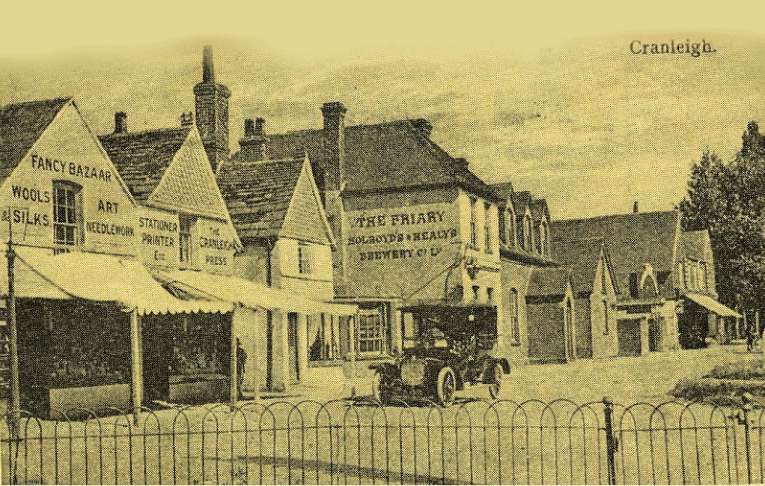
One day Dr Arthur Napper, Cranleigh’s principal doctor for fifty years, was visiting a patient who lived on the Common. ‘Lot of people today at the Baptist Chapel, Nurse,’ he said, as he arrived. ‘Yes, what’s going on?’ ‘Oh, the minister is turning a man into a stone.’
It was true. Susan Mann (daughter of David Mann, founder of the store) was married to Thomas Stone on June 5th 1912. Two old families united. There had been Manns in Cranleigh since 1829, while the Stones were a much older family – recorded here since 1619 .
There are still a few Manns and Stones around today. But a fascinating feature of Cranleigh surnames is the way that families which once flourished here for several generations then became rare or disappeared entirely. There are several reasons for this. Perhaps they did not have enough boy babies to perpetuate the family name, or they had the misfortune of losing a son to illness or war. In other cases, sons may not have married or (especially in the last 100 years) they moved away from Cranleigh to follow work opportunities.
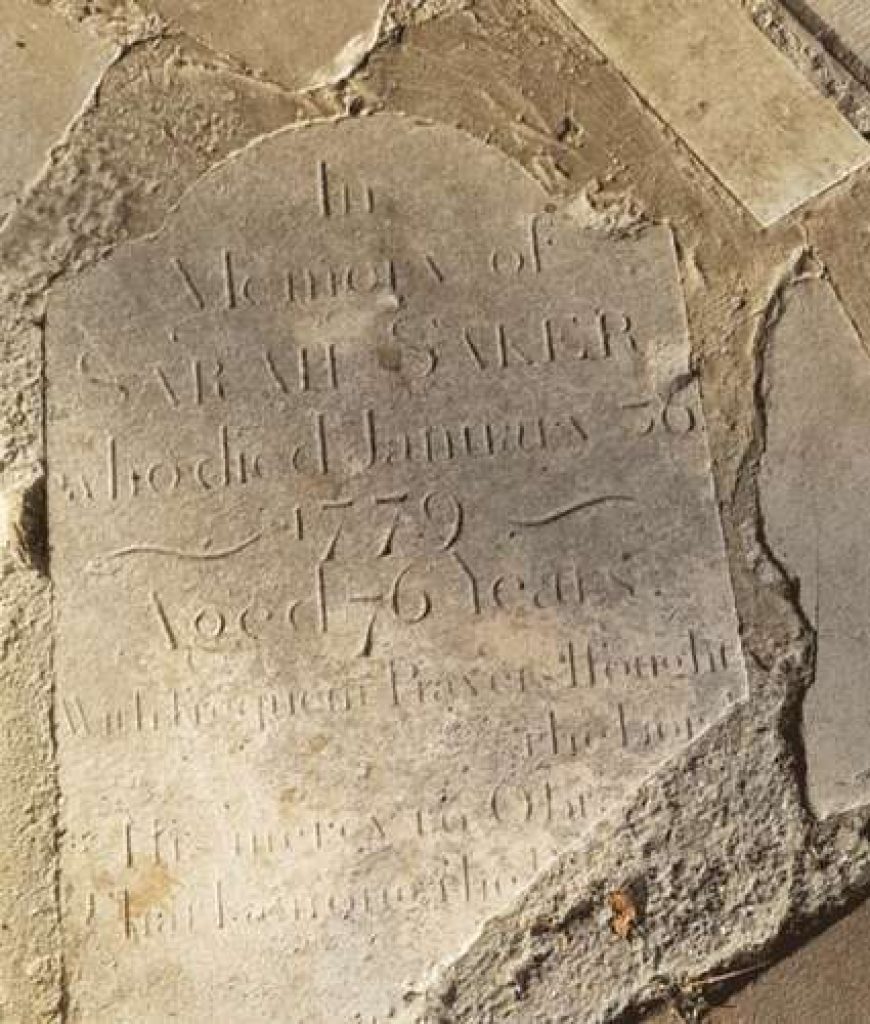
One family which has disappeared is the Richbell family. A Richbell baby figures on the very first
page of the Parish Register of Christenings in 1566. They are thought to have originally been French glass workers. They were not a large and spreading family, but they had a steady line of healthy male children who were happy to remain in Cranleigh. They served the village as tailors, based in what is now Lemongrass restaurant, but died out in the 19th century, and were followed there by Chart’s the outfitters.
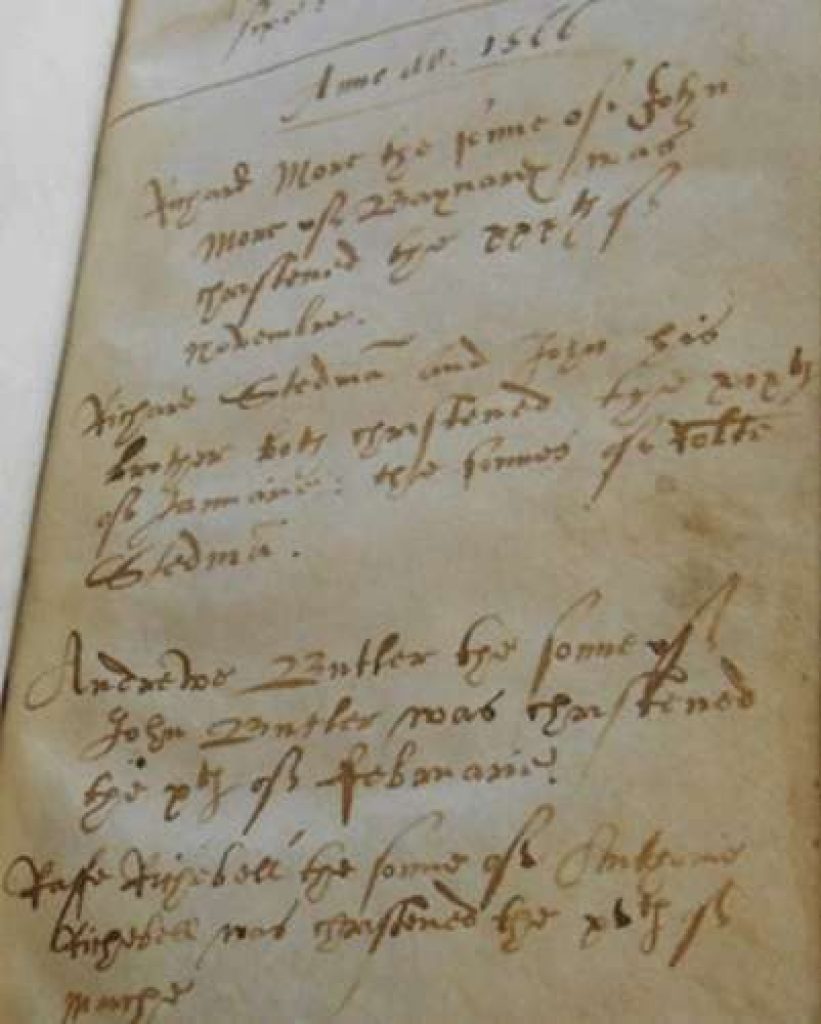
The Mower family also figures among the first entries in the parish register. Mowers were very
numerous in the 17th century, with a Mower baby being christened virtually every year. Most
of them worked on farms, but one was for a time shoemaker while his relative was a baker. The
leading Mower family were mercers, the top rank of clothing merchants, and one John Mower was
sufficiently eminent to have a grave in the nave of the parish church. The Mowers are justly commemorated in a road name here.
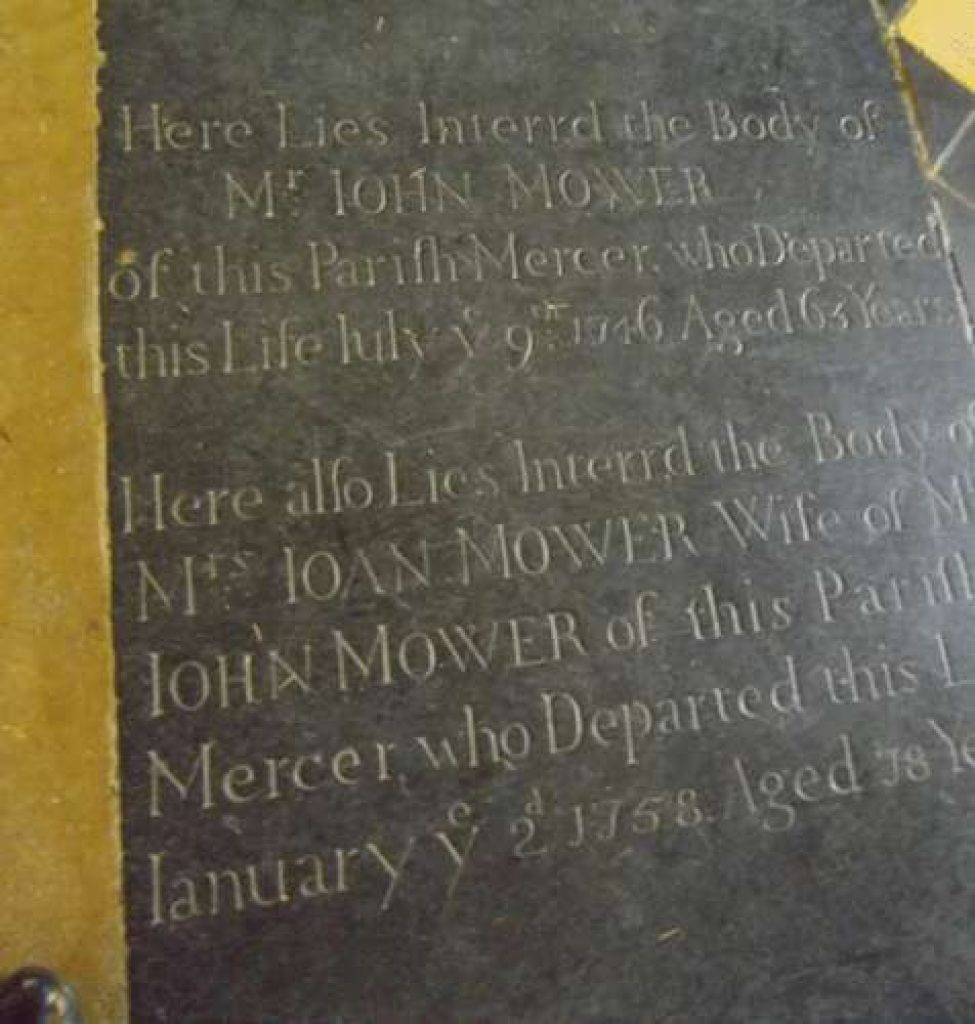
Tickner is another old name, from at least 1608. Many Tickners were farmers, figuring at various
times at Smithbrook, Snoxhall, New Park, and for a long stretch in the 19th century at Barhatch
Farm and Collin’s Farm. They are still around but scarce in Cranleigh today. People with the charming surname of Diddlesfold, now long vanished, were numerous in the 17th century. ‘Diddle’ did not refer to swindling, as the word was not used in that sense until recently. The authorities on names think it may refer to the fold of a Saxon man with a name like ‘Dudda’. A mercer called William Diddlesfold
produced some trade tokens in 1667, when there was a national shortage of small change. The
family disappeared around 1730.
If you walk through the churchyard, your eye may well be caught by the unusual wooden memorial to Martha Plaw (though the lettering is becoming difficult to read now). There used to be many memorials of this type, for those who couldn’t afford a stone one. People called Plaw lived in Cranleigh from 1644. They were mostly labourers, though one was parish registrar for some years. There were plenty of them around for 250 years, until about 1892.
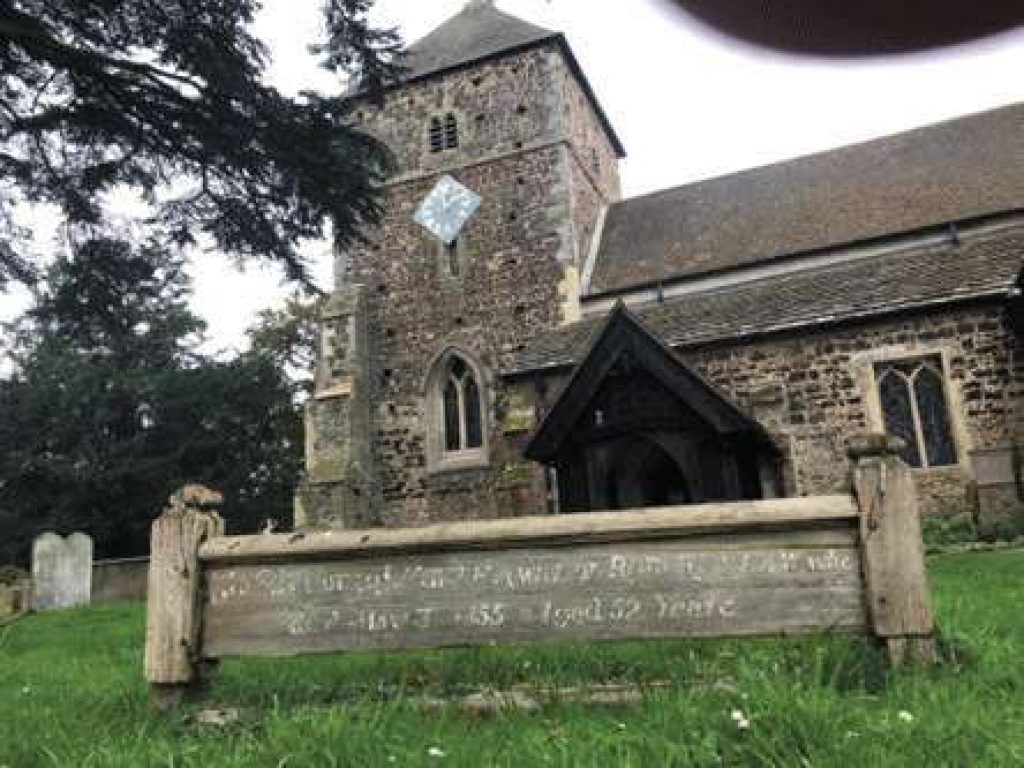
There are plenty of Puttocks from the 18th and 19th centuries buried in the churchyard. One James Puttock bought Knowle from the Onslow family, and he and his wife have impressive graves. Two other Puttocks were successively wheelwrights at The Causey from 1820.
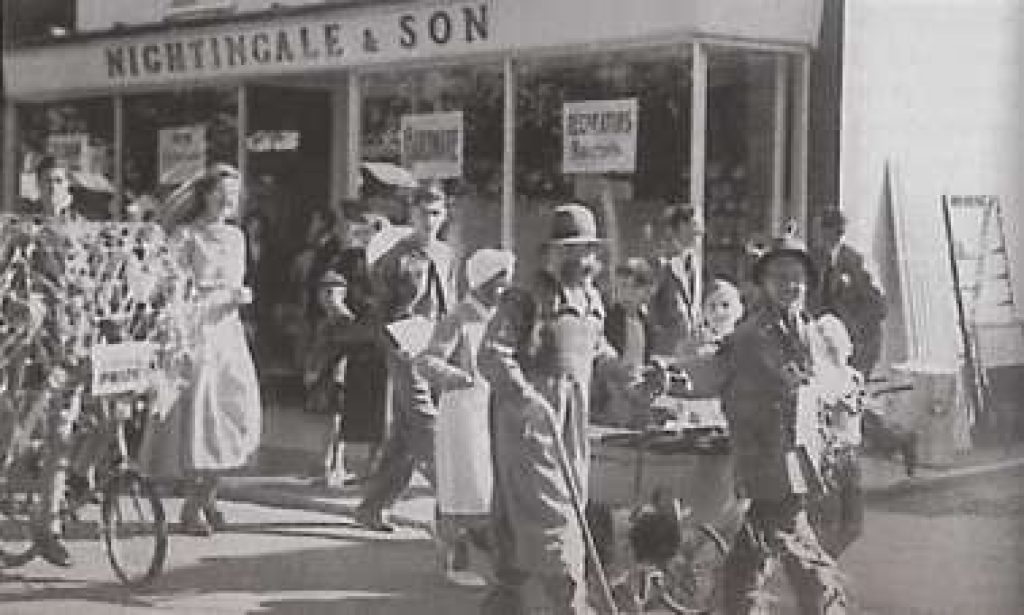
This century we have witnessed the disappearance of the ancient Nightingale family, prominent in the 19th century as farmers, and in the 20th century as shopkeepers. Though there are by contrast with all of these, the Stedman family figured on the first page of the parish register in 1566, with the birth of twins, and has remained here right until the present. Definitely the most successful Cranleigh family!
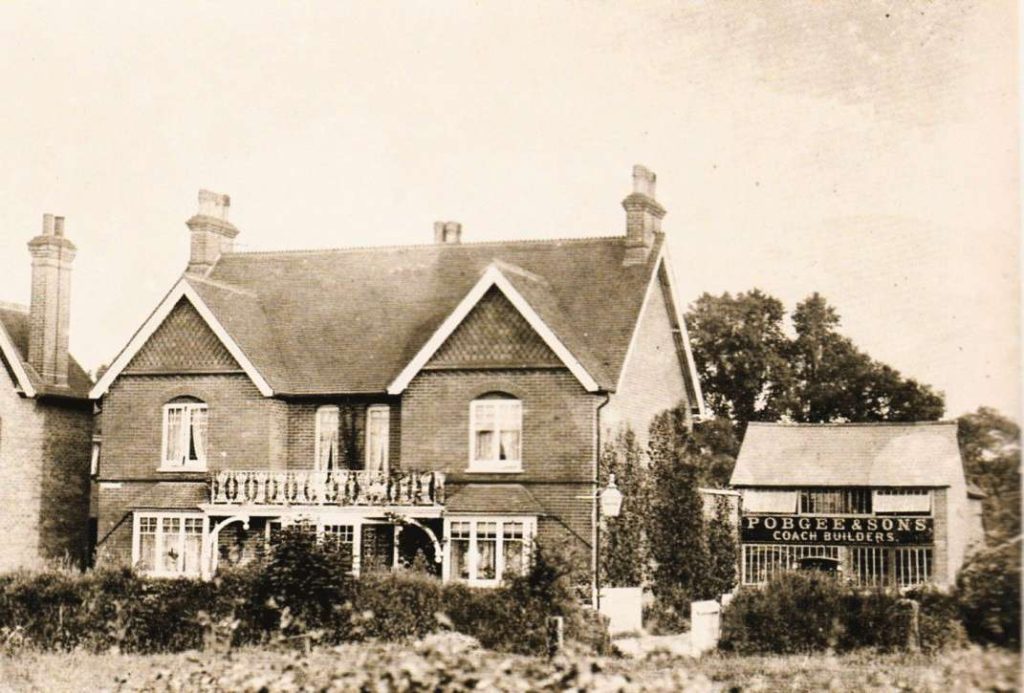
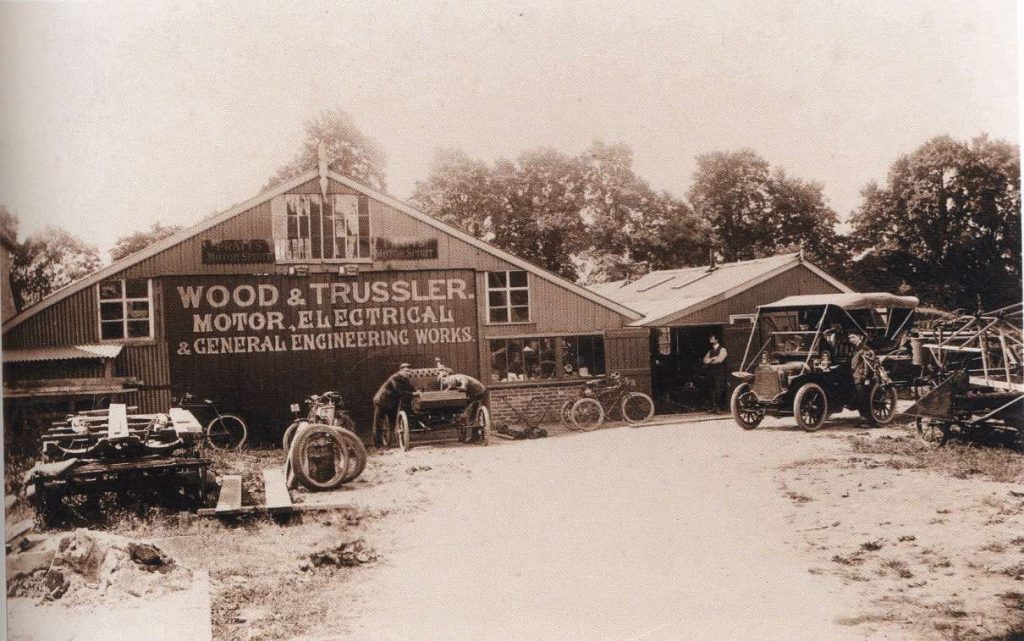
The Cranleigh History Society meets on the second Thursday of each month at 8.00pm in the Band
Room. The next meeting will be on Thursday September 8th, when Roger Nash will speak on ‘The Cokelers, a 19th-century local sect’.











